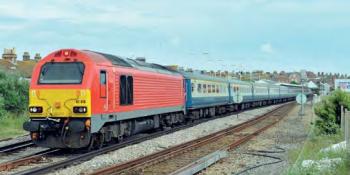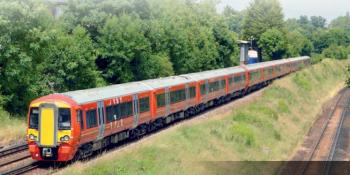For the markets in which it can compete, rail freight has massive environmental benefits compared with road haulage, and also, it must be said, over the majority of passenger services on the network. A full 12-car London commuter train or a well loaded King’s Cross to Edinburgh service is clearly much more environmentally friendly and sustainable than single occupancy car use or flying.
But even in normal times the average passenger train loading is around 125, with many trains way below that. A 750-metre intermodal train or a 2,000-tonne aggregates train is self-evidently environmentally way ahead of any realistic alternative, even with diesel traction in the majority of cases; in contrast, the environmental case for a two-car multiple-unit with, say, 25 passengers, is far from compelling.
Freight has also performed well during the pandemic, with significant movements even during the spring lockdown, and without public subsidy, unlike the passenger railway which has inevitably become a financial black hole. Freight movements are now running at around 90-95% of last year’s levels. In recent years, the freight companies have also survived the collapse of the coal business, the mainstay of freight sin…




